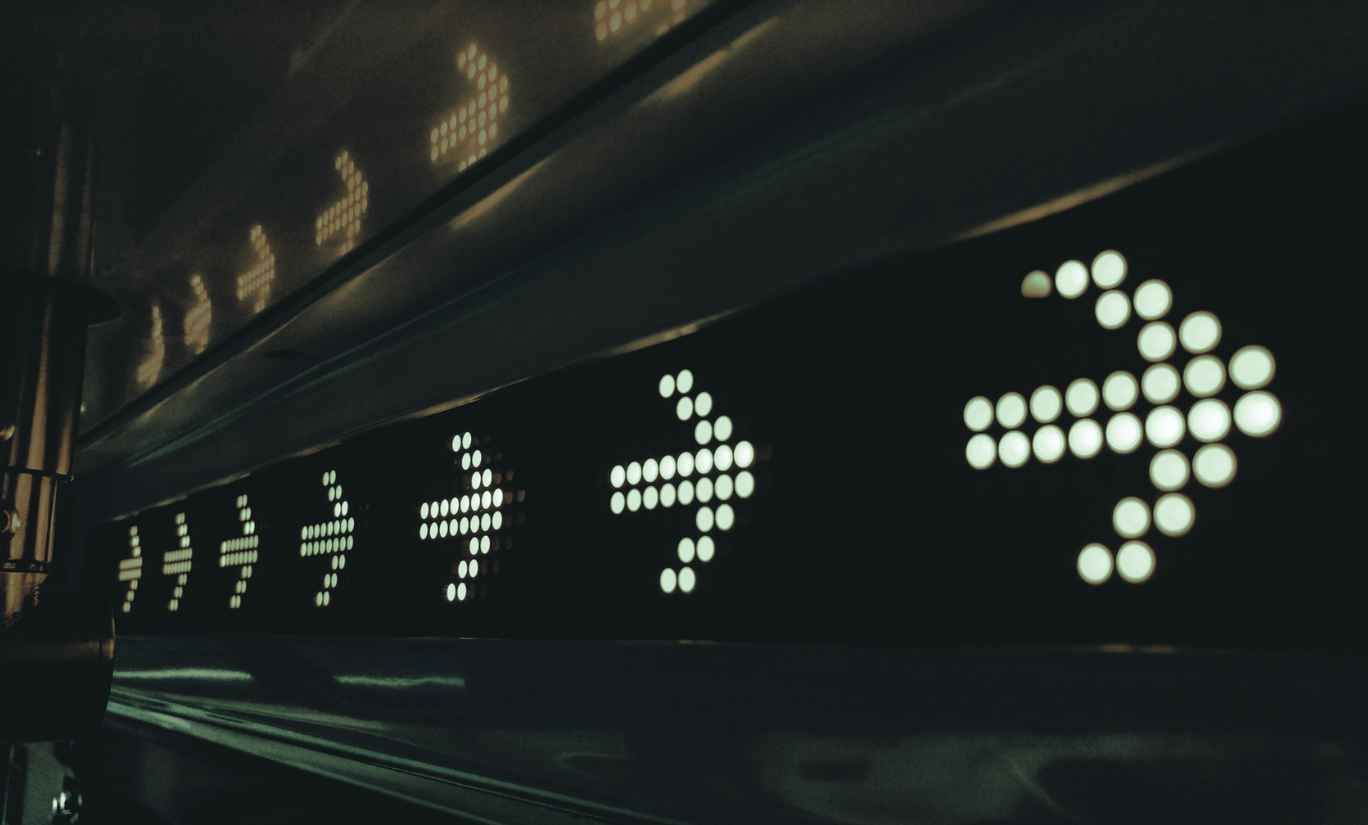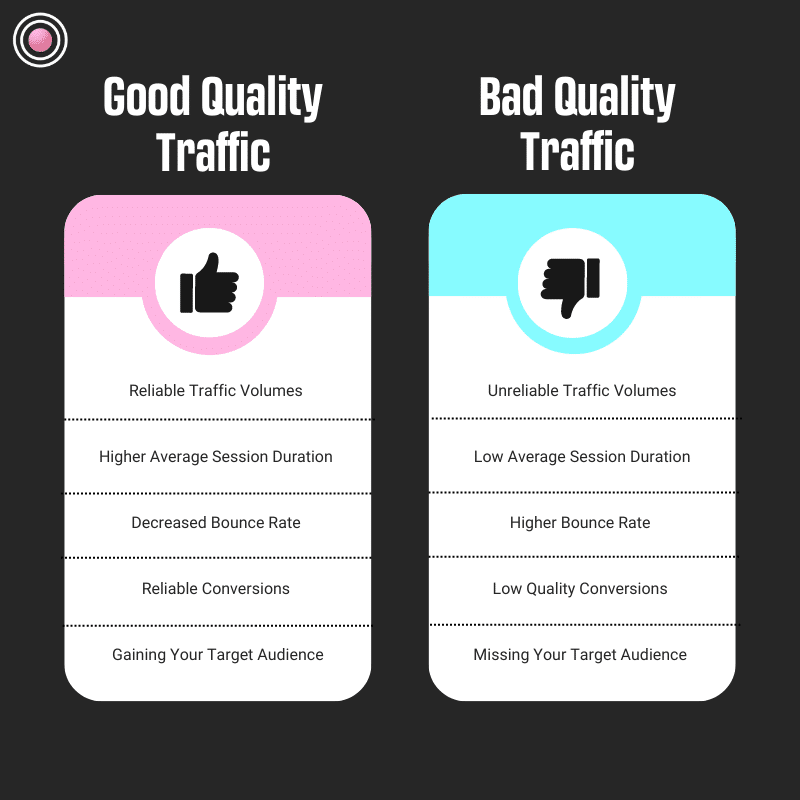
-
Joshua Lee
- 4 Min Read
- Blog, Digital Marketing
What Is Considered Good Website Traffic?
Let’s talk about website traffic.
It’s a shame that most marketers may not consider the question ‘What is considered good website traffic?’. After all, that’s why we as SEO specialists do what we do, to get good website traffic!
Since the dawn of the digital age and the great migration from shops to online shopping, businesses have made the assumption that the more traffic volume, the better. This is simply not the case, especially in today’s fast-paced digital environment.
This all depends on the company of course, but here at ROAR, we understand the pressure put on marketers to get the big figures and statistics. Then, when it comes to measuring ROI or conversion rates, the stomaching sinking reality sets in.
We understand that many sites will thrive on high traffic volumes; those seemingly untouchable brands will take as much traffic as possible because they can afford to. But you’re here, so we guarantee that assessing whether you are getting good quality traffic will significantly improve how your site converts.
If you’re still finding it difficult to see the benefits of good website traffic, think of it like this:
So, what is considered good website traffic?
Good website traffic is users brought to a website by targeting their persona type and intent. These are the users who are more likely to convert, interact and return to your site. Obtaining good website traffic with a focus on your persona intent will help you avoid not only low-quality bot traffic, which is another pain the backside, but more the low-quality organic traffic that won’t convert, stick around for a few seconds and send your bounce rate through the roof.
What you consider good website traffic will also depend on your business goals and objectives for your site. For example, a newspaper like The Guardian will be tracking its email newsletter subscriptions as a KPI, but a clothing brand like Uniqlo might want to track its percentage of returning visitors.
So, the definition of good traffic is highly dependent on your business, but the principle remains the same, good website traffic are the humans that will engage with or convert on your site.
Identifying Good Website Traffic.
Here are just a few ways to identify good website traffic on your site, and some advice on how to filter the bad.
1) Bounce Rate.
You know it, we know it, bounce rate is a pain in the backside. But Google thinks it’s very important, so we must continue to talk about this nightmare of a metric.
Google defines bounce rate as ‘a single-page session on your site’. And within Google Analytics a bounce ‘is calculated specifically as a session that triggers only a single request to the Analytics server, such as when a user opens a single page on your site and then exits without triggering any other requests to the Analytics server during that session.
That very wordy definition means that a user is counted as a bounce when they visit a page and exit without any actions taken on the page within a short period of time. The lower your bounce rate is, the better your website traffic will be, as bounce rate is a metric sourced from measurable data. Using the data provided from your bounce rate conduct research into your industry and find your benchmark bounce rate. From here you have a target, using your analytical tool of choice collect your user behaviour and adjust your site accordingly.
Here’s a head start with finding your industry’s average bounce rate.
2) Website Duration
Arguably not as significant as a high bounce rate, but still important when determining the quality of your website traffic. We say this because many of the methods you can implement on your site to decrease bounce rate are likely to increase your session duration.
The longer your average session duration, the better your website traffic; that’s just a simple fact. It means you’ve captured your target audience attention. Your users are engaged and want to be on your site for longer.
There are several ways to increase your average session duration, but a free SEO audit with ROAR can highlight solutions for your businesses rapidly!
3) User Intent & Related Keywords.
One of the best ways to bring what is considered good website traffic to your website is to target keywords with user intent in mind. Think about your website and its content, then research niche high intent keywords for your keyword marketing strategy that are most likely to be the terms your ideal target personas are searching for.
It sounds simple enough, but many marketers are still optimising for broad, high volume traffic and high difficulty keywords, hoping that they will one day reach the top of the SERP. It’s unrealistic! However, what is realistic is cornering the market on niche high-intent keywords with low to medium difficulty.
What you lose in high traffic volume, you will gain traffic quality.
Are you struggling to gain good website traffic? The fault may lie with some of the hidden features behind the surface of your website. Check out our DIY SEO platform for small businesses to reveal the hidden weaknesses within your site and learn how to begin repairing them with our jargon-free action engine – book a free demo today!
Alternatively, get in touch with one of our SEO specialists for a free consultation today!





